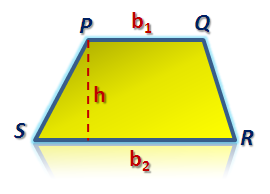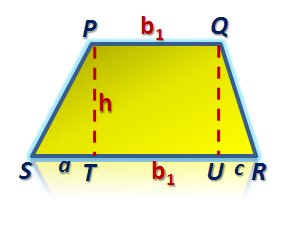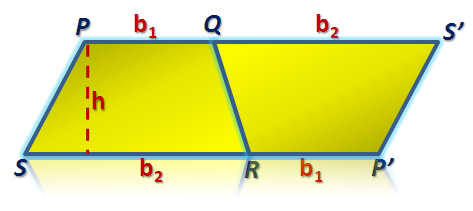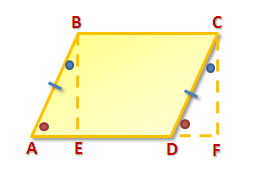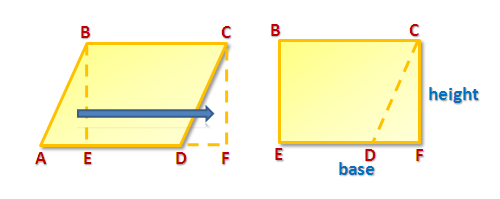Linking sum of counting numbers to triangle area
We have discussed how Gauss was able to add the first 100 counting numbers, and we learned ways how to generalize his method. In this post, we link his method in finding the area of triangles.
Adding the first few counting numbers is easy. However, as the numbers become larger, it becomes harder. According to an anecdote, Gauss at primary school was able to find a clever way of answering the question his teacher asked him: What is the sum of all the numbers from 1 to 100?
 Gauss method was to add the first and the last digit (1 and 100), the second and the second to the last digit (2 and 99), third and the third to the last digit (3 and 98), and found out that the sums were always 101. There are 50 pairs of numbers from 1 to 100 whose sum is 101. So, the sum of all the numbers from 1 to 100 is (101)(50) = 5050. » Read more
Gauss method was to add the first and the last digit (1 and 100), the second and the second to the last digit (2 and 99), third and the third to the last digit (3 and 98), and found out that the sums were always 101. There are 50 pairs of numbers from 1 to 100 whose sum is 101. So, the sum of all the numbers from 1 to 100 is (101)(50) = 5050. » Read more
